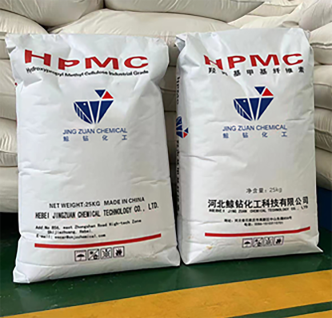
Aug . 20, 2024 21:43 Back to list
Preparing HPMC Solutions for Various Applications and Optimal Performance
HPMC Solution Preparation A Comprehensive Guide
Hydroxypropyl Methylcellulose (HPMC) is a versatile cellulose ether that finds extensive applications in various industries, particularly in pharmaceuticals, food, and construction. Its ability to form viscous solutions makes it an excellent thickener, film-forming agent, and stabilizer. This article presents a step-by-step guide on how to prepare HPMC solutions effectively.
Understanding HPMC
HPMC is a non-ionic, water-soluble polymer derived from cellulose. It is prized for its biodegradability and safety, making it suitable for food and pharmaceutical applications. HPMC products vary in viscosity, solubility, and gel strength, which allows for a range of formulations depending on the intended use. Understanding the specific type of HPMC you are using is crucial, as each has its unique characteristics.
Materials Needed
To prepare an HPMC solution, you will need
1. HPMC Powder Choose the appropriate grade based on your application (e.g., pharmaceutical, food, or industrial). 2. Distilled Water Ensure that the water is clean and free from impurities. 3. Measuring Equipment Scale for measuring HPMC and a graduated cylinder for water measurement. 4. Mixing Equipment A magnetic stirrer or a high-shear mixer is ideal for achieving homogeneity. 5. Heat Source (optional) Sometimes, heating can aid in dissolving HPMC more effectively.
Step-by-Step Preparation
1. Determine the Concentration Decide the concentration of HPMC required for your application. Common concentrations range from 1% to 5%, depending on viscosity needs.
2. Measure Ingredients Accurately weigh HPMC powder and measure the required amount of distilled water using appropriate laboratory equipment.
3. Pre-Mixing In a separate container, slowly sprinkle the HPMC powder into a portion of water while stirring continuously. This process helps prevent clumping and ensures an even mix.
hpmc solution preparation

4. Hydration Phase Allow the pre-mixed solution to hydrate. For optimal results, let it sit for about 30 minutes to one hour. During this period, you may notice the solution thickening as the HPMC absorbs water.
5. Mixing After the hydration period, gradually add the remaining distilled water while continuously stirring. Using a magnetic stirrer or high-shear mixer is beneficial here, as it helps achieve a homogenous solution without introducing bubbles.
6. Heat Application (if necessary) If the solution is particularly thick, gentle heating (not exceeding 60 degrees Celsius) may be applied to facilitate further dissolution. Stir continuously while heating to ensure uniform consistency.
7. Cooling and Storage Once the desired viscosity is achieved, allow the solution to cool to room temperature. Store the HPMC solution in a sealed container to prevent contamination and evaporation.
Key Considerations
- pH Levels HPMC solutions are typically neutral; however, extreme pH levels can affect viscosity. It is essential to check and adjust pH if necessary, depending on the application. - Quality Control Always perform quality checks on the final solution, including viscosity measurements and particle distribution. - Safety Precautions Although HPMC is generally regarded as safe, it’s crucial to handle all materials with care, using appropriate personal protective equipment (PPE).
Applications
HPMC solutions are used for various applications, such as drug formulation (sustained release and thickening), culinary products (gluten-free baking), and in construction (as a binder and emulsifier in mortars).
Conclusion
Preparing an HPMC solution requires careful attention to detail and adherence to proper methods. By following the steps outlined above, you can create a high-quality solution tailored to your specific needs. Whether in pharmaceuticals, food, or construction, HPMC remains a critical ingredient that enhances product performance and stability.
-
Versatile Hpmc Uses in Different Industries
NewsJun.19,2025
-
Redispersible Powder's Role in Enhancing Durability of Construction Products
NewsJun.19,2025
-
Hydroxyethyl Cellulose Applications Driving Green Industrial Processes
NewsJun.19,2025
-
Exploring Different Redispersible Polymer Powder
NewsJun.19,2025
-
Choosing the Right Mortar Bonding Agent
NewsJun.19,2025
-
Applications and Significance of China Hpmc in Modern Industries
NewsJun.19,2025







